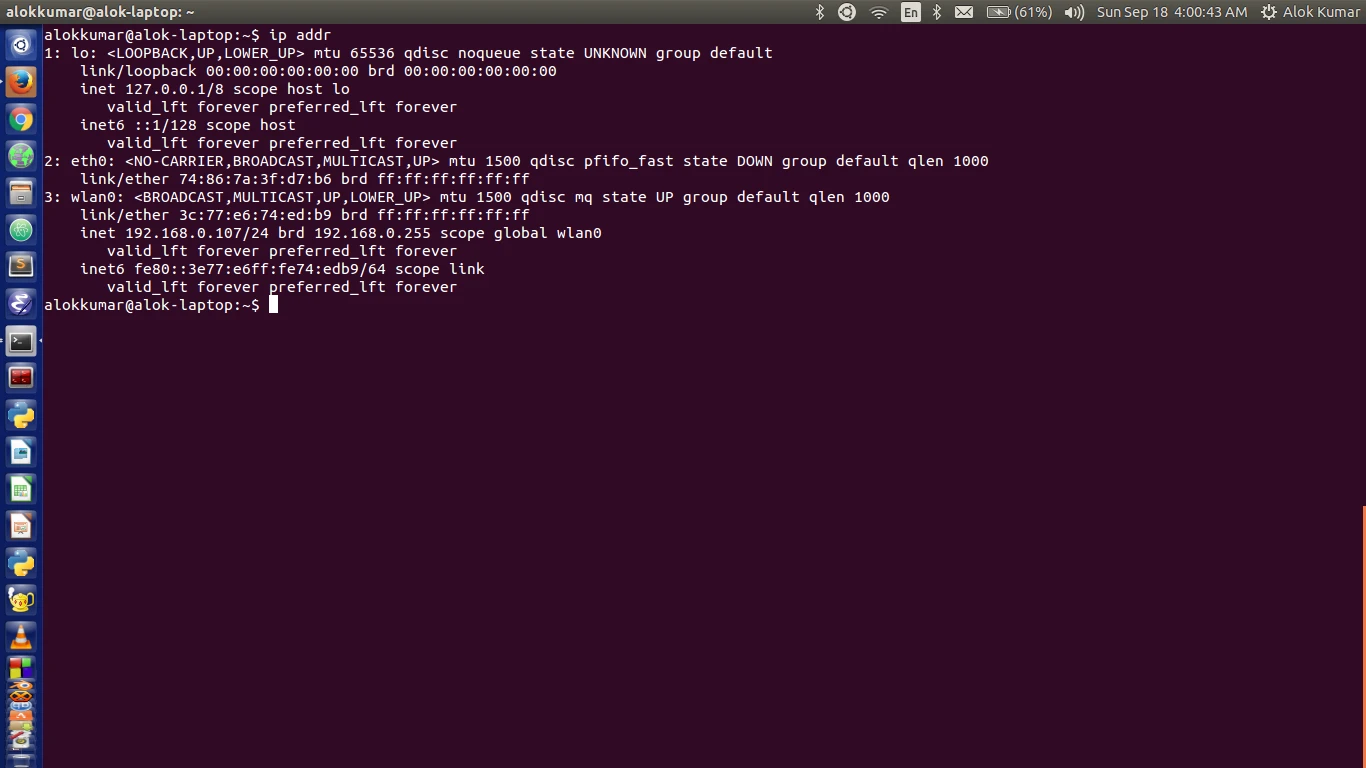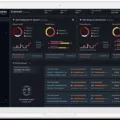Tcpdump is a powerful packet-capturing tool that allows network technicians to capture and analyze network traffic. It is commonly used to diagnose network problems as well as detect malicious activity. With Tcpdump, you can capture packets of data sent and received over the network, allowing you to examine their contents at a later time.
Using Tcpdump, it is possible to save the captured traffic in a file for later analysis. This is done by using the “-w” option with the tcpdump command, followed by a filename. For example: “tcpdump -w myfile.pcap” will create a file called “myfile.pcap” and write all the captured traffic into it. The .pcap extension denotes that this is a packet capture file that can be read using tools like Wireshark or Tshark.
Once you have saved your packet capture file in .pcap format, you can use it for further analysis. You can open up the file in Wireshark or Tshark and analyze the contents of each packet, including the source IP address and destination port number, as well as other information like flags set or windows size, etc. This could be useful if you are trying to troubleshoot a network issue or investigate suspicious activity on your network.
You can also use Tcpdump’s “-r” option to read from an existing .pcap file instead of capturing new packets from the network directly, which could be useful if you have previously saved some data and want to analyze it again without having to re-capture it from the wire again.
Overall, Tcpdump is an extremely useful tool for anyone who deals with networks on a regular basis and wants to get detailed insights into what their networks are doing at any given time. Whether it’s for troubleshooting issues or security investigations, being able to save captured data into files for later analysis can be invaluable when working with networks.

Writing Tcpdump Output to a File
The easiest way to write the output of tcpdump to a file is by using the “-w” option. This option will let you specify a path and a filename for the output, which can be saved for further analysis. To do this, simply run the tcpdump command followed by -w, a space, and then the full path and filename of where you want to save the output. For example:
$ tcpdump -w /home/user/tcpdump_output.pcap
This command will save all of the data captured by tcpdump into a file named “tcpdump_output.pcap”, located in the “/home/user” directory. Once this command is executed, all data captured by tcpdump will be written to this file until you terminate it with Ctrl+C or use the “-c” option to limit the number of packets captured.

Source: geeksforgeeks.org
Creating a PCAP File Using Tcpdump
Creating a pcap file with tcpdump is a simple process. First, you will need to install the tcpdump command line tool on your machine. Then, you can use the following command to capture packets and create a pcap file:
tcpdump -w .pcap
The above command will create a file named .pcap and save the captured packets in it. You can also specify additional parameters such as the network interface to capture from, the type of protocol to capture, etc.
For example, if you want to capture all IP traffic from eth0 interface:
tcpdump -i eth0 -w .pcap ip
You can also add additional filters such as port numbers or protocols to further narrow down your results. For more information about using filters with tcpdump please refer to its official documentation.
Once you have created your pcap file, you can analyze it using various tools such as Wireshark or NetworkMiner.
TCPdump File Format
TcpDump is a popular network packet capture and analysis tool. It captures packets in the libpcap file format, which is a binary format that stores the network traffic in an efficient way. The libpcap file format is also used by other networking tools such as Snort, Wireshark/TShark, and many others. It can be opened and viewed with most network analysis applications, including Wireshark. By default, Wireshark will now generate pcapng files instead of libpcap files.
Saving Data Packets Captured From Tcpdump Into a File
Yes, you can save the data packets captured from tcpdump into a file. To do this, you need to use the ‘-w’ option in the tcpdump command. The ‘-w’ option allows you to specify an output file for the packet capture. For example: ‘tcpdump -w output_file.pcap’ will save all the packets captured by tcpdump into a file called output_file.pcap. This output file format is compatible with many network analysis tools such as Wireshark, NetworkMiner, and more.
Creating a PCAP File
To create a pcap file, first, open the Windows Command Prompt as an administrator. Then list all available interfaces with the command “pktmon comp list”. Take note of the Interface Id from the output. Next, use the command “pktmon start –etw –p {Interface ID}” to begin capturing packets on that interface. Once your task or scan is complete, use the command “pktmon stop” to end packet capture and generate a pcap file named PktMon in the current directory.
Obtaining Pcap Files
PCAP files are captured network packets. They can be obtained using a network monitoring tool such as Wireshark or tcpdump. You can also use specialized tools like NetworkMiner to parse and analyze the packet data. If you have access to a router, switch, or firewall, you can also use its built-in logging capabilities to capture and save packets into a PCAP file format. Finally, many commercial vendors offer appliances that will capture and store packets in this format for you.
Where are TCPdump Files Located?
Tcpdump files are stored in the /shared/support directory on the BIG-IP system. It is important to ensure that the system has enough CPU and memory resources before creating a tcpdump file. The Configuration utility creates both a tcpdump file and a TAR file containing the tcpdump, which are both stored in this directory.
Capturing a TCPdump File in Windows
To capture a tcpdump file in Windows, you’ll need TCPDUMP for Windows. This is a clone of the original TCPDUMP program, compiled with the original tcpdump code and Microolap Packet Sniffer SDK.
First, download and install TCPDUMP for Windows. Once installed, open a command prompt window and navigate to the directory where you installed it (usually C:\Program Files\TCPDUMP). Then type in “tcpdump -i -s 0 -w .pcap”, where “” is the network interface you want to capture from, and “” is the name of the file you want to create/save your capture data into.
Once you hit enter, your capture will start immediately. To stop it press CTRL+C on your keyboard. It will then save the captured data into a .pcap file in the same directory as your executable (C:\Program Files\TCPDUMP). You can then open this file with any packet sniffer/analyzer such as Wireshark or Network Monitor to view its contents.
Opening a Tcpdump File in Linux
To open a tcpdump file in Linux, you can use the command-line utility ‘tcpdump’. This program allows you to analyze the contents of a pcap (packet capture) file. To view the contents of a tcpdump file, simply open a terminal window and type ‘tcpdump -r ‘, where is the name of the tcpdump file. You can also use the ‘-A’ flag to print out the ASCII data contained within each packet. If you would like more detailed information about each packet, you can use the ‘-vvv’ flag for verbose output. Additionally, if you just want to see a summary of the traffic contained in your tcpdump file, you can use the ‘-q’ flag.
Conclusion
In conclusion, tcpdump is a powerful network monitoring tool that can capture packets of data sent across a network and save them to a file in the libpcap file format. The -w option allows you to write the output of tcpdump to a file for further analysis. The -r option lets you read the contents of an existing libpcap file. You can also install tcpdump on Linux in order to be able to get pcaps from that system. With tcpdump, you can easily monitor the traffic on your network and analyze it for security or performance purposes.








